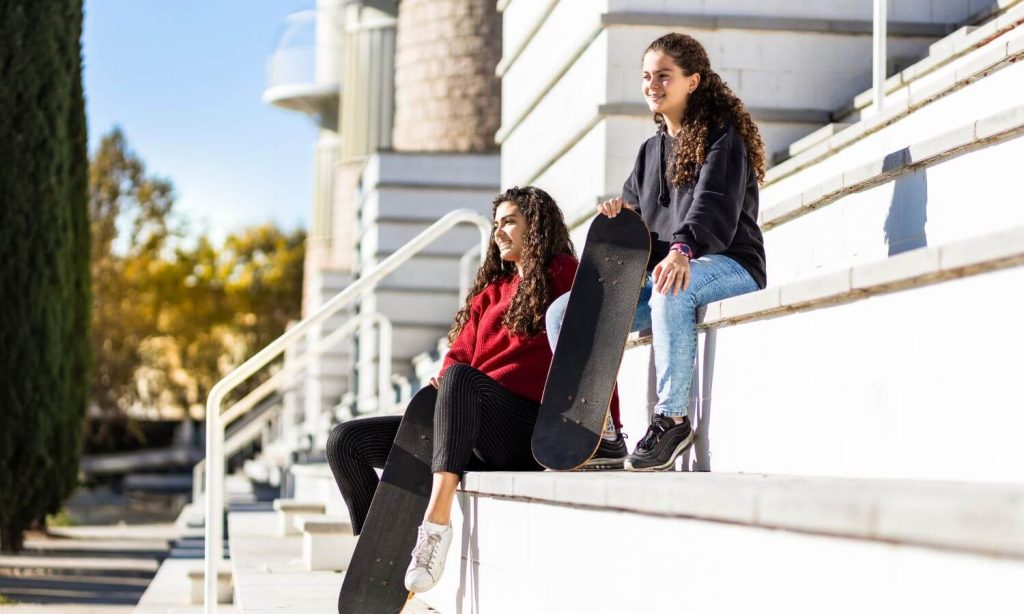Growing families one circuit at a time

Every October, parents everywhere brace themselves for sugar highs, late nights, and the annual costume scramble. But beneath the candy chaos, Halloween offers something much deeper, a chance for children (and parents) to grow emotionally, creatively, and socially.
In a world that often feels heavy with news cycles filled with fear, danger, and uncertainty, the ritual of Halloween can be a refreshing antidote. It’s a rare day where fear becomes play, and where imagination turns anxiety into laughter.
For children, being “scared” in a controlled, playful environment helps them develop emotional resilience. Dressing up as something spooky, walking through a dimly lit street, or hearing a pretend ghost story activates the body’s alert system but in a safe, time-limited way.
This allows children to experience their nervous system revving up and calming down again, a key skill in emotional regulation. It’s a little like exposure therapy in disguise: learning that fear doesn’t have to overwhelm them.
When parents join in with laughter, reassurance, and shared excitement, it helps children pair the experience of fear with connection and safety. That’s co-regulation at work.
Costumes are more than fabric and face paint, they’re invitations into imagination.
When children put on a costume, they get to explore different parts of themselves: bravery, silliness, power, mystery. A shy child might become bold as a superhero; a perfectionistic one might discover freedom as a messy zombie.
Through play, they practice emotional flexibility and the ability to move between roles and feelings.
Planning costumes together also creates wonderful parent-child rituals: sketching ideas, gathering materials, and talking about what each costume means. This process fosters communication, creativity, and collaboration, all while deepening connection.
It’s true…the candy overload and the idea of knocking on strangers’ doors might not tick every developmental box. Yet for most families, Halloween is far more supervised than it used to be.
Parents often walk the streets with their children, chatting with neighbours, waving to other families, and reconnecting with community in ways that are increasingly rare.
This sense of shared belonging, seeing familiar faces, greeting people on front lawns, feeling safe in numbers — can help counteract the constant anxiety many families carry from an uncertain world.
If you find yourself caught up in the logistics, the sugar, the bedtime battles, the mess, try to pause and see the heart of it.
Halloween is one of those rare nights where the rules of the world soften: kids lead the way, imagination rules, and laughter echoes down the street.It’s not about perfection. It’s about connection.
Halloween is more than a night of sugar and costumes, it’s a playful rehearsal for life’s bigger emotions. When children learn that fear can be fun, and parents join them in that safe exploration, everyone’s nervous system gets a healthy reset.
Try this:
After Halloween night, ask your child,
“What was your favourite part of being brave tonight?”
“What did your costume help you feel?”
You might be surprised at what you learn.
For more tips on parenting and emotional control follow the Inner Team Framework here at the Growth Circuit or grab a copy of our book Eva Meets Her Inner Team
The Growth Circuit empowers parents with fun, psychology-based tools to raise emotionally aware children.